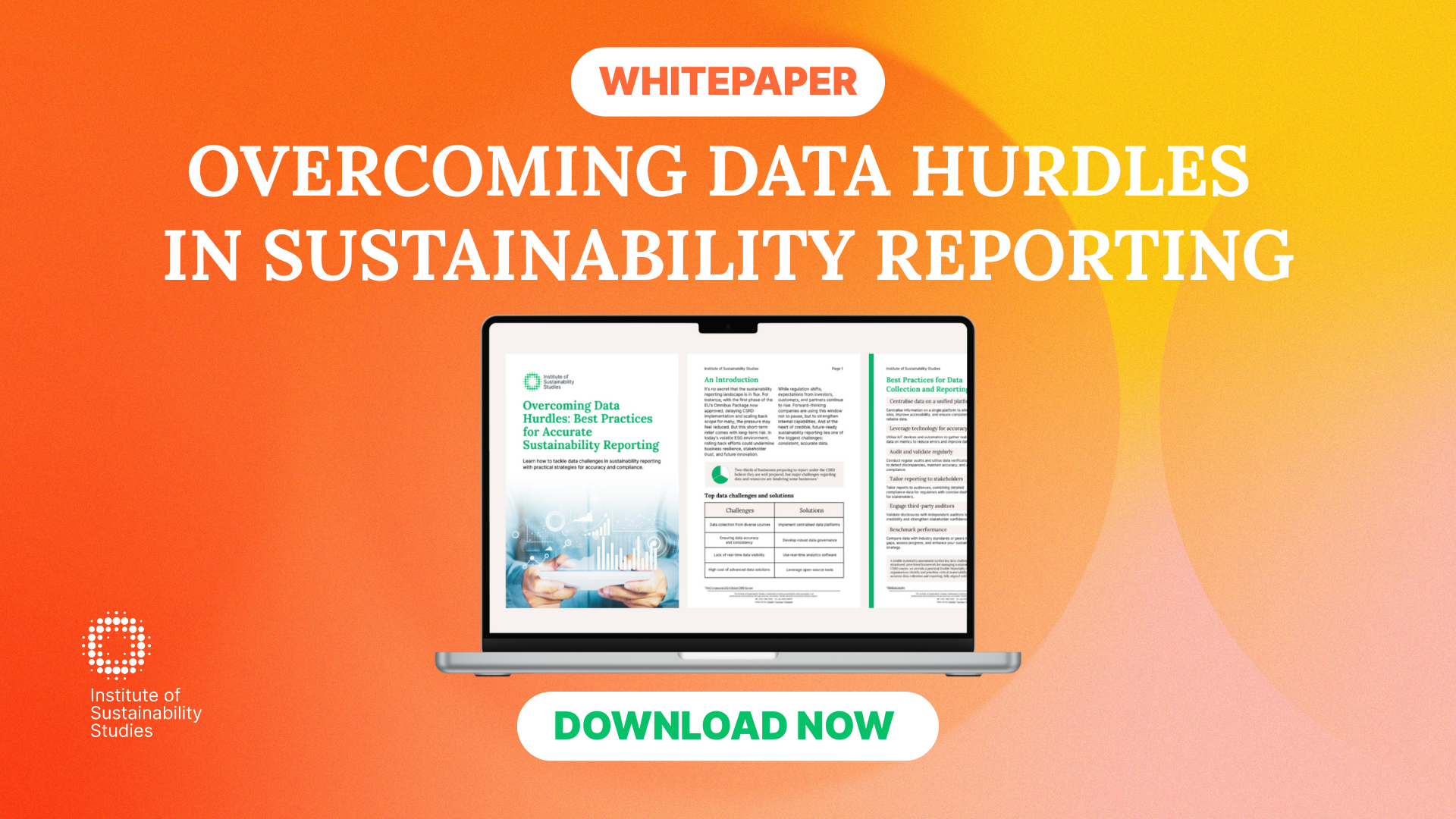The biodiversity crisis has reached an alarming scale, with ecosystems deteriorating and species disappearing at unprecedented rates. COP16, the 16th Conference of the Parties to the Convention on Biological Diversity, came at a crucial time, as the rapid loss of species we are witnessing today is estimated to be between 1000 and 10,000 times higher than the natural extinction rate.
As habitats are destroyed and natural resources depleted, the need for a coordinated global sustainability strategy has never been greater. COP16 represented a pivotal moment in this urgent fight, gathering leaders, experts, and stakeholders to confront the biodiversity crisis head-on. Continue reading to discover the key outcomes of the summit and what they mean for the future of global biodiversity.
What is COP16?
COP16 is the 16th Conference of the Parties to the Convention on Biological Diversity. It convened in Cali, Colombia, from October 21st to November 1st, 2024. COP16 marked a critical international summit where representatives from nearly 200 countries, scientists, policymakers, NGOs, and stakeholders gathered together to address worldwide biodiversity challenges. It served as a platform for discussing and advancing global agreements aimed at preserving biodiversity and halting the ongoing loss of species and degradation of ecosystems.
Key outcomes of the biodiversity loss COP16 conference
This pivotal summit aimed to advance global efforts in biodiversity conservation and assess progress since the 2022 Kunming-Montreal Biodiversity Framework. Below are some of the key outcomes from the conference.
Inclusion of Indigenous Peoples and Local Communities (IPLCs)
A landmark decision established a permanent subsidiary body to incorporate IPLCs into biodiversity conservation decision-making processes. This initiative acknowledges the vital role of traditional knowledge in ecosystem management and aims to foster more inclusive and effective conservation strategies.
Digital Sequence Information (DSI) Agreement
Delegates agreed on a framework for companies, particularly in sectors like pharmaceuticals and biotechnology, to contribute financially when utilising genetic data from biodiversity. The establishment of the ‘Cali Fund’ is expected to generate significant resources for conservation efforts and support for local communities.
Financial commitments and challenges
While the DSI agreement marked progress, broader financial commitments for biodiversity protection remained unresolved. Discussions on mobilising the pledged $200 billion annually by 2030, including $30 billion from developed to developing countries, faced challenges, leading to the suspension of some negotiations without finalising the finance strategy.
Recognition of Afro-descendant communities
The conference adopted measures to recognise and support the conservation contributions of people of African descent, highlighting the diverse cultural dimensions of biodiversity preservation.
Coral reef conservation efforts
An emergency session addressed the alarming rate of coral reef degradation, with nations pledging $30 million to a UN fund dedicated to coral reef conservation, aiming for a $3 billion target by 2030.
Criticisms of COP16
COP16 Colombia received mixed reviews, with several criticisms highlighting gaps in its outcomes, particularly around financing for biodiversity protection. While the conference made some progress, experts believe it fell short of securing comprehensive financial commitments.
One of the major goals of the conference was to mobilise $200 billion annually by 2030, including $30 billion in direct financial transfers from developed to developing nations. However, the discussions on financial mechanisms ended without a clear, enforceable strategy.
This raised concerns that without adequate funding, many of the biodiversity targets may remain out of reach. This lack of substantial financial commitments from wealthier nations was a point of contention, as these countries have a significant historical impact on biodiversity loss and climate change.
Another critique focused on the absence of a robust monitoring framework to hold countries accountable for their biodiversity goals. While the conference underscored the urgency of addressing biodiversity loss, the lack of concrete timelines and accountability measures left many environmental advocates questioning the effectiveness of the agreements reached.
Some argued that, without clear reporting mechanisms and consequences for non-compliance, the commitments made at COP16 might end up as symbolic gestures rather than actionable steps. These gaps in finance and accountability, according to critics, reflect a broader challenge within global environmental summits, where high-level pledges often struggle to translate into tangible, on-the-ground progress.
Summary
COP16 marks a critical step toward tackling the biodiversity crisis, advancing important initiatives in inclusive decision-making, genetic data sharing, and targeted funding for at-risk ecosystems. Yet, significant gaps in financing and accountability remain, highlighting the ongoing challenges of turning high-level commitments into real-world impact. While this summit sets a hopeful path forward, meaningful action to protect biodiversity and ecosystems cannot wait.
With the biodiversity crisis intensifying, now is the time for businesses to not only act but to realise the compelling business case for biodiversity protection and conservation. The Certificate in Business with Biodiversity course at the Institute of Sustainability Studies provides essential tools and insights for integrating biodiversity strategies into your organisation, making it a crucial step toward sustainability and resilience.
Dedicated to harnessing the power of storytelling to raise awareness, demystify, and drive behavioural change, Bronagh works as the Communications & Content Manager at the Institute of Sustainability Studies. Alongside her work with ISS, Bronagh contributes articles to several news media publications on sustainability and mental health.
- Bronagh Loughlinhttps://instituteofsustainabilitystudies.com/insights/author/bronagh/
- Bronagh Loughlinhttps://instituteofsustainabilitystudies.com/insights/author/bronagh/
- Bronagh Loughlinhttps://instituteofsustainabilitystudies.com/insights/author/bronagh/
- Bronagh Loughlinhttps://instituteofsustainabilitystudies.com/insights/author/bronagh/









